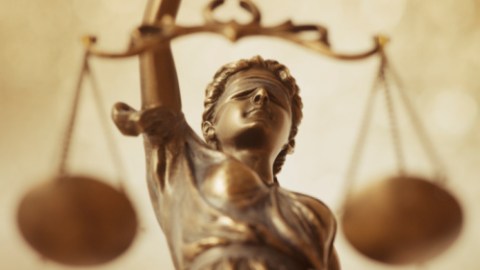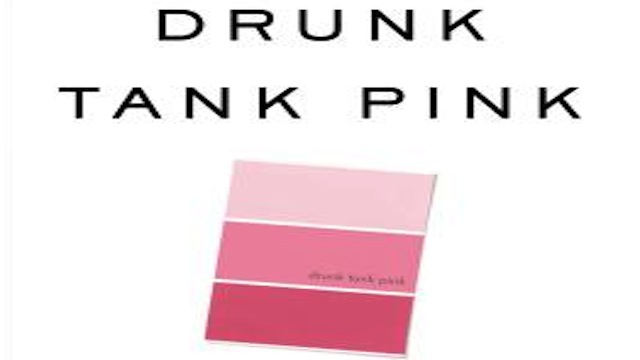Here’s Proof that Better Science Results in More Justice

We’ve written before about how prejudice is informed by cognitive bias. It’s a real but unintentional action with negative consequences. And now, thanks to a recent Supreme Court case, it might also be legally indefensible.
The 2015 decision for Texas Department ofHousing and Community Affairs v. Inclusive Communities Project, Inc. weighed challenges to the Fair Housing Act of 1968, which forbids “disparate impact” discrimination — actions or practices that appear neutral on the surface but are racist in practice (i.e., real estate agents more easily sharing pricing information with white buyers instead of black ones).The court held that “the impact a policy produces is sufficient to merit remedy… because unconscious prejudice and disguised animus can mask discrimination.” That means that the law “permits plaintiffs to counteract unconscious prejudices and disguised animus that escape easy classification as disparate treatment.” This is the closest recognition the legal community has offered that not all racism is as overt or intentional as disparate treatment, but just as harmful.
This decision is landmark for two major reasons, as cited by a team of Harvard cognitive scientists in a paper for ScienceDirect:
First, for most of the Court’s recent history, in the area of civil rights, the idea that assessment of harm hinges on clear and demonstrable intent has been held with dogged persistence. [this decision] is important because it reverses that direction. Second, in [this decision], Justice Kennedy, writing for the majority, made explicit reference to a particular psychological state of mind stating that disparate impact is sufficient basis for a challenge because ‘unconscious prejudice and disguised animus’ can mask discrimination.
Why are those two things so important? Because research has shown time and again that disguised animus starts early and has major ramifications – disparate or otherwise – that need to be addressed. This study, along with a 2012 review published in Nature Neuroscience, offer a solid recap of all the ways that bias is nurtured. According to that latter study:
For almost a century, psychologists studied the feelings and beliefs that white Americans have about black Americans, and the data demonstrate a consistent and marked drop in negative attitudes and stereotypes. However, for the past three decades, dissatisfaction with survey-type measures of explicitly reported race attitudes and stereotypes grew. This led investigators to develop indirect measures of social cognition. Among the more widely used measures of implicit social cognition is the Implicit Association Test (IAT), which measures the strength of association between concepts, such as white and black, and attributes, such as good and bad.
Using that new rubric, here are some of the more striking findings of the past few years:
Anti-Hispanic IAT bias predicted attitudes toward illegal and legal immigration
Stronger anti-Black IAT bias among physicians led to more negative experiences with Black patients
Anti-Black IAT biased influenced (correctable) bias in trial judges
Credit: Science Direct
“None of these results would be as surprising if the measures of attitudes and stereotypes were obtained via self-report,” writes lead author Mahzarin Banaji in the 2015 study. Because they were not and still had ramifications (“disparate impact”), these biases have a real societal cost. With this understanding of bias, it’s refreshing to see it cited in a court case. Given that the case is incredibly high profile and setting legal precedent, it’s exciting to use this as legal precedent and find ways to use laws and public policies to address harm caused by it.





